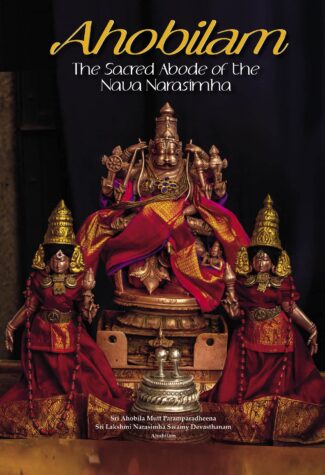
Ahobilam...
Ahobilam
The Sacred Abode of the Nava Narasimha by: Dr. Gomathi Gowda₹1,200.00 Original price was: ₹1,200.00.₹1,080.00Current price is: ₹1,080.00.
ISBN: 9788195171811
Year Of Publication: 2021
Edition: 1st
Pages : 145
Language : English
Binding : Hardcover
Publisher: Universal Publishing
Size: 30
Preface
1.Ahobilam Math
2.History of Ahobilam Temple
3.Etymology
4.Inscriptional & Literary Reference
5.Sthalapurana
6.Significance Sri Narasimha Avatar
7.Prahlada – The Great Devotee
8.Ramanuja – The Great Philosopher
9.The Nava Narasimhakshetra
10.Eguva And Diguva Ahobilam
11.Mandapam
12.Koneru
13.Bronze Images
14.Rituals
15.Festivals

“Ahobilam” Cancel reply
- Sale!Buddhist Art of Kausambi by: Aruna Tripathi
₹2,500.00Original price was: ₹2,500.00.₹2,250.00Current price is: ₹2,250.00.The Upanishads capture the quintessence of Indian spiritual wisdom unfolding deepest, highly perceptive reflections on human existence and how it is related to the mysterious cosmos. Authored by enlightened seers over the period of 1500-200 bc., the Upanishadic message is a magnificent vision that raises human consciousness to sublime heights. One of the major centres of Buddhist art in ancient times, Kausambi provides evidence of an uninterrupted art tradition spanning centuries. Pointing to the scant attention Kausambi has received from scholars in the past, this work attempts to highlight its art treasures through a study of its stone sculptures. Based on scrutiny of stone sculptures found at various sites in Kausambi and its vicinity and housed in different museums, it presents perhaps the first extensive documentation of the Buddhist art of the region from the Mauryan to post-Gupta period. It examines in detail over 300 stone sculptures, paying special attention to their iconographic features, types of stone, techniques of carving, grinding and polishing and their aesthetic appeal. All this comes with a background throwing light on the history of Kausambi and its association with Buddhism, the early archaeological explorations in the region, and the individuality and uniqueness of Kausambi art as compared to Mathura and Sarnath schools. The book presents over 225 black-and-white and over 50 coloured photographs of Buddhist sculptures which are neatly classified and systematically analysed. It would prove invaluable to scholars and students of Buddhist art.
- Sale!ABIA by: Asha Gupta
₹2,100.00Original price was: ₹2,100.00.₹1,890.00Current price is: ₹1,890.00.Volume four contains 1344 records on South and Southeast Asia selected out of 1800 records from the ABIA South and Southeast Asian Art and Archaeology Index database. Volume four has been compiled by the ABIA project team at IGNCA New Delhi. It includes all forms of scholarly publications, ranging from survey works to small but important articles in composite books and journals published in India between 2006 and 2011. Subjects include pre- and protohistory, historical archaeology, ancient art history, modern art history, material culture, epigraphy and palaeography, numismatics and sigillography (seals). The bibliographic descriptions (with the original diacritics), keywords and annotations have made this reference work a reliable guide to recently published scholarly work in the field.
- Sale!Bachpan-Childhood by: R.N. Kogata
₹180.00Original price was: ₹180.00.₹162.00Current price is: ₹162.00.In the life of a human being the most sweet and memorable part is its childhood, say from its second year till its seventh or eighth. During this time the child is very innocent, full of life, playful, has no responsibility or worry, and when in fear or pain it calls its mother and she is there ever ready to protect it. It understands no restriction and has freedom to go and talk to anybody in the house. It does not know how to hate anyone — in fact, it is like the manifestation of the ever-gracious divinity in the world. A child is loved, respected and even adored.
This book is a small attempt to express the love, affection and feelings towards children. In Hindu pantheon the only divine family having children is that of Shiva and Parvati or Uma. Through pleasing illustrations, another made-for-each-other couple — the Kogatas — have touched upon the various facets in the life of the divine chidren — Ganesha and Karttikeya — together with their doting parents. The delightful verses add sweetness and charm to the book.
- Sale!Birds and Animals in Mughal Miniature Paintings by: Zaheda Khanam
₹1,600.00Original price was: ₹1,600.00.₹1,440.00Current price is: ₹1,440.00.The depiction of flora and fauna has been an intrinsic part of Indian painting traditions. The Mughals in their turn, in their fascinating paintings, used the bird and animal imagery to lend a special quality to their art of painting. This book, with over 70 illustrations, is a survey of the birds and animals used in Mughal paintings, especially during the reigns of Emperors Akbar and Jahangir. With historical details, it shows that the depiction of various kinds of birds and animals played a significant role in conformity with the context or the demands of the narratives. The artists painted both wild and domestic animals with equal competence. Outlining the differences in the paintings under the Mughal rulers themselves with regard to depiction of fauna, it notes that while Akbar was interested in historical, mythological or anecdotal events, Jahangir introduced album paintings and evinced interest in individual portrait studies of fauna. In all, it showcases the meticulous depiction of fauna in Mughal art and its persevering beauty. It mentions the names of a host of artists who executed the paintings and the many illustrated manuscripts mythological, historical and on popular fables that saw lavish use of paintings with faunal imagery. The book will interest historians especially those studying art history of the medieval period.
- Sale!Amarushataka by: Harsha V. Dehejia, Subhash Behelke, Prakriti Kashyap, Uday Indurkar, Narmada Prasad Upadhyaya,
₹3,500.00Original price was: ₹3,500.00.₹3,150.00Current price is: ₹3,150.00.Amarushataka is considered to be one of the finest poetic creations in Sanskrit in ancient India and is a watershed development in the genre of Shringara Rasa. We do not know who the poet Amaru was, but a number of legends abound and it is believed that he lived in the seventh century. In Amarus poetic gems love is not measured but experienced, it is not evaluated socially but felt in the deepest recesses of the mind and heart. He paints the varied moods and nuances of love with words that evoke vivid colours and rhythms that are sonorous with music. Amarushataka basks in a sunlit space, fragrant with the aroma of love, brilliant with the hues of a throbbing heart and within the minute compass of the few lines of a verse we are privy to a whole universe of romance. Amarus lovers inhabit a non-descript space, so that our attention is entirely on them and not on the surroundings. Amarus lovers are driven by desire, devoid of guilt, finding their fulfilment in a passionate embrace or a loving gaze. Using traditional Prakrit romantic idioms Amaru prepares us for the feast both for the eyes and the ears that is to follow, for the muktakas of Amaru create an emotionally charged world, where every nuance of romantic love is explored, where the pangs and pleasures, pathos and poignancy, of amorous dalliances are sensitively portrayed, where neither the restraint of dharma nor the restriction of samsara is allowed to interfere with a glorious celebration of love. Whatever its origins, for 1,300 years this work has retained its reputation in India as one of the foundational collections of poetry. Poets and critics still use its verses as a template against which to consider other poems. Such was the impact of Amarushataka, especially in Malwa of the seventeenth century, that it was transformed into miniature paintings in the evocative Malwa style. The one room chamber with strong monochromatic colours and robust figures marks the painting. The book also traces the history of Malwa painting. An interesting side light of the book is an attempt to demonstrate that the verses of Amaru were also perhaps responsible for amorous sculptures in Khajuraho and other temples. The book is richly illustrated, has the verses of Amaru in Sanskrit and English and is a source book of Shringara Rasa for scholars and students alike.



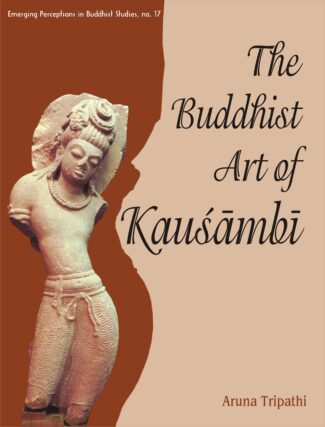
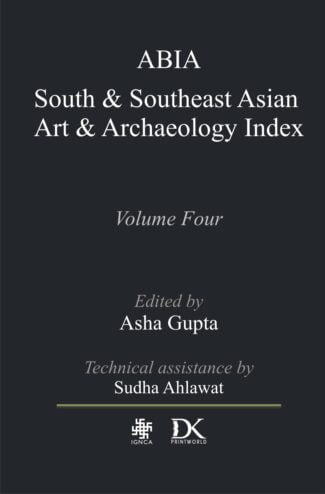
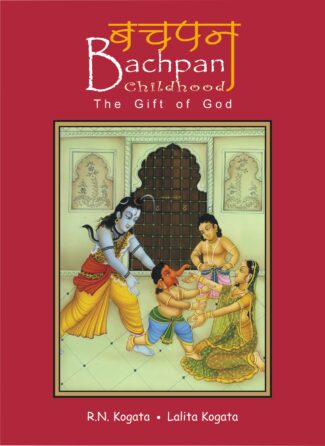
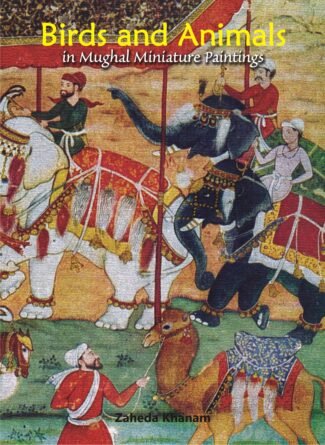
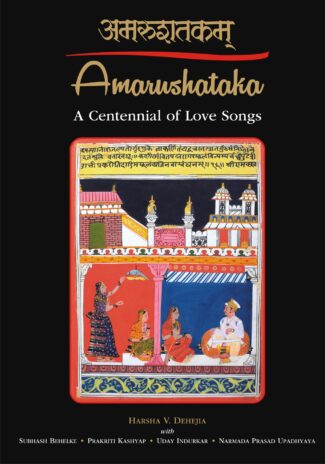
There are no reviews yet.